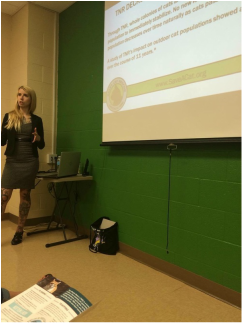 Alley Cat Rescue's new Alliance for Cat Protection program is building a network of support for shelters throughout the United States. Alliance shelters receive comprehensive training in humane programs for community cats, including public workshops and staff training that save animals' lives. Our dedicated team visits each Alliance community to transform it from top to bottom through education and hands-on support, even holding a field training in which colonies of cats are trapped, neutered, and returned. In the last month, our team conducted workshops in Mercer County West Virginia and Vance County North Carolina. We specifically chose to work with these shelters because they recently had a change in directors who brought new visions and a more progressive approach to assisting animals in shelters. These directors were excited to welcome our trainers and were open to learning the best practices of humanely managing community cats. At each shelter we spent one whole day working with the entire staff. From field officers to receptionists, we provided training on how to respond to phone calls and emails so that more cats are kept out of the shelter and remain in their homes, along with detailed instructions on navigating conflict resolution. We also trained staff on how to properly implement a community cat (TNR) program, how to get the community more involved, and we even discussed the topic of fundraising to assist shelters in receiving the financial support they need to help more cats. During the second day of each workshop, we went out into the community for a hands-on training session. We taught shelter staff and members of the community how to properly trap and transport cats, along with explaining to them the importance of TNR programs for free-roaming cats. We spoke with neighbors, telling them how they can be most effective in helping community cats and how they can participate in the shelter’s community cat program. In both West Virginia and North Carolina, we received lots of wonderful feedback from the staff and community members, along with heartfelt appreciation and gratitude from the shelter directors. Our presence and training was beyond well received and we couldn’t be happier! ACR’s new Alliance for Cat Protection program is giving these shelters and these communities the kick start they so desperately need to implement successful TNR programs. Our workshops provide shelters with not only the knowledge of managing community cats, but we also show them how to implement the information through hands-on training and we provide them with a support system, so if they have any future questions they can easily follow up with us. All these shelters needed was a little boost to show them it’s not difficult to implement a TNR program for their community and now they are on their way to saving a lot more lives! As always thank you for your continued support! Your generous donations make these workshops possible. You can also help cats in your community by ordering a few copies of “Alley Cat Rescue’s Guide to Managing Community Cats” – that lays out the best practices for implementing a TNR program and which our training workshops are based off of – and donate them to your local shelter.
2 Comments
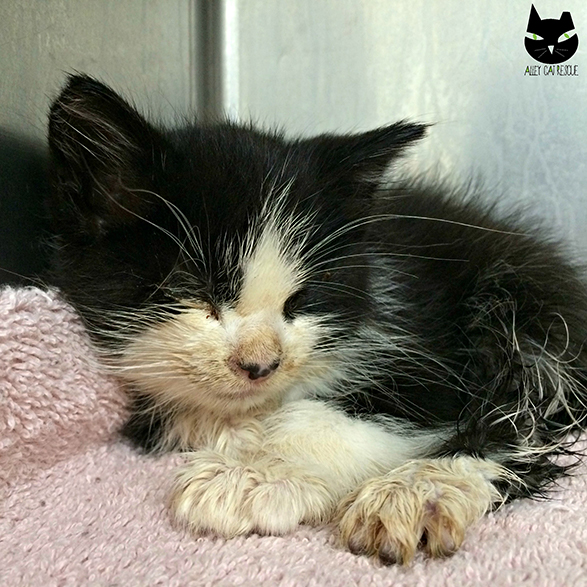 ‘Tis the season for kitten weanin’, and it’s all paws on deck here at Alley Cat Rescue during our annual springtime kitten season. This year we began receiving calls about found newborn kittens in March, and Alley Cat Rescue and our network of foster caregivers are taking in more vulnerable kittens each week. These kittens have come from a variety of places, including a county animal control department, a city code enforcement officer, compassionate private citizens, and caretakers who are removing kittens for adoption during Trap-Neuter-Return (TNR) projects. One of these kittes is Keanu. The kind person who found him realized he was in rough shape when his first foray out of a carrier was head-first into a wall. She saw that his eyes were stuck shut and knew he needed help fast, so she contacted Alley Cat Rescue. We got Keanu in to see one of our trusted vet partners right away, who diagnosed Keanu with a dangerous upper respiratory infection that would require close monitoring and treatment multiple times per day. With the knowledge that she could count on Alley Cat Rescue for support, Keanu’s caregiver agreed to foster him and nurse him back to health. We’re delighted to report that his infection has been cleared and an adopter has already been found! It’s support from readers like you that allows us to step up and take action to save innocent kittens like Keanu. Yet around the country, we know that high numbers of kittens are still being killed in municipal shelters that don’t have the resources, knowledge, or facility space to care for small, fragile kittens. If Keanu had been taken to a shelter or animal control facility, he may not have been seen by a vet in time to get his URI under control. He may have died from a wholly treatable infection. About 80% of kittens born each year are from free-roaming, community cats and many end up at shelters. That’s no surprise when we consider that only 2% of community cats are thought to be spayed or neutered. Community cats are the primary source of kittens each year, so we must focus our efforts on this population, and the most humane and effective way to help these cats is through Trap-Neuter-Return (TNR). TNR is so effective for managing free-roaming cats because it stops a colony’s population from growing through spay/neuter, while reducing its size through the adoption of kittens and socialized adults. Volunteer colony caretakers, who visit daily to provide fresh food and water, then monitor the site for any new cats who arrive and need to be sterilized. Examples of TNR’s success are everywhere. Just a few weeks ago, Alley Cat Rescue helped a woman who cares for a small colony at her workplace. Initially there were just two cats, but because they were not fixed, the colony grew to ten cats. We provided information about the importance of spay/neuter, and helped trap, sterilize, and return the cats. These cats now have sturdy, weather-proofed shelters, are receiving fresh food and water each day from compassionate employees, and importantly will no longer be producing kittens who could end up killed at municipal shelters. This week we’ll be returning a mother cat named Juno to her colony site. She and her newborns were found by a caretaker who Alley Cat Rescue works with on a regular basis. We brought the new family in, found them a place in foster care, and now, after a few weeks of growing strong and socializing to humans, the kittens are being spayed or neutered, vaccinated, and microchipped and will be available for adoption soon. Juno will return to her supervised outdoor colony after recovering from spay surgery. Each kitten Alley Cat Rescue takes in receives the medical treatment and supportive care that he or she needs to grow, thrive, and eventually find a permanent home, but there are many others who are not so lucky. To stop the tragic killing of kittens in shelters, we simply must reduce the number of kittens being born from community cats. Please join us in spreading the message that TNR is the best way to fix the flood of springtime kittens, and consider donating to support more of this life-saving work. |
Details
AuthorAlley Cat Rescue is leading in the way in promoting humane and compassionate care for ALL cats. Archives
April 2024
Categories
All
|
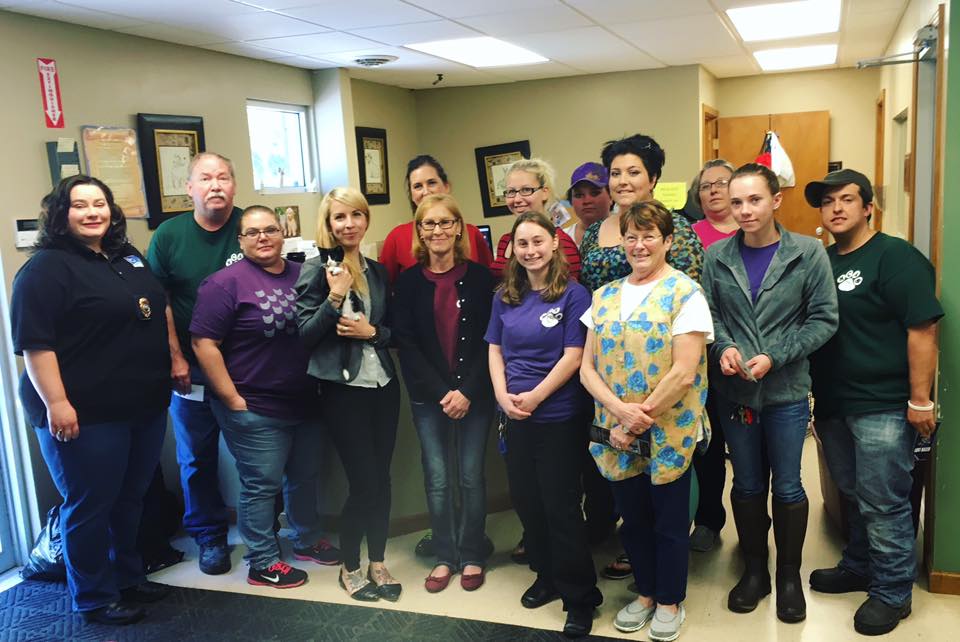
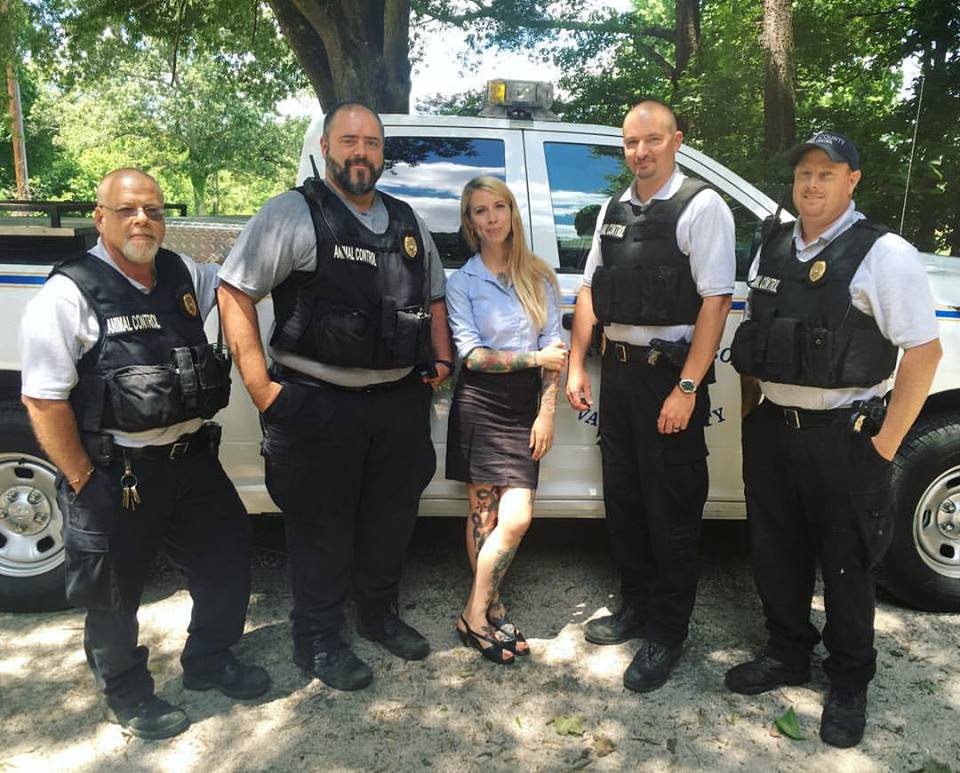
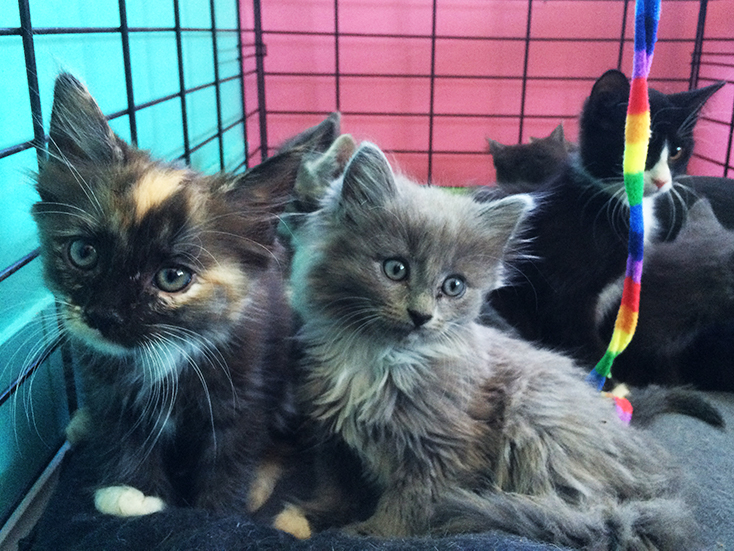
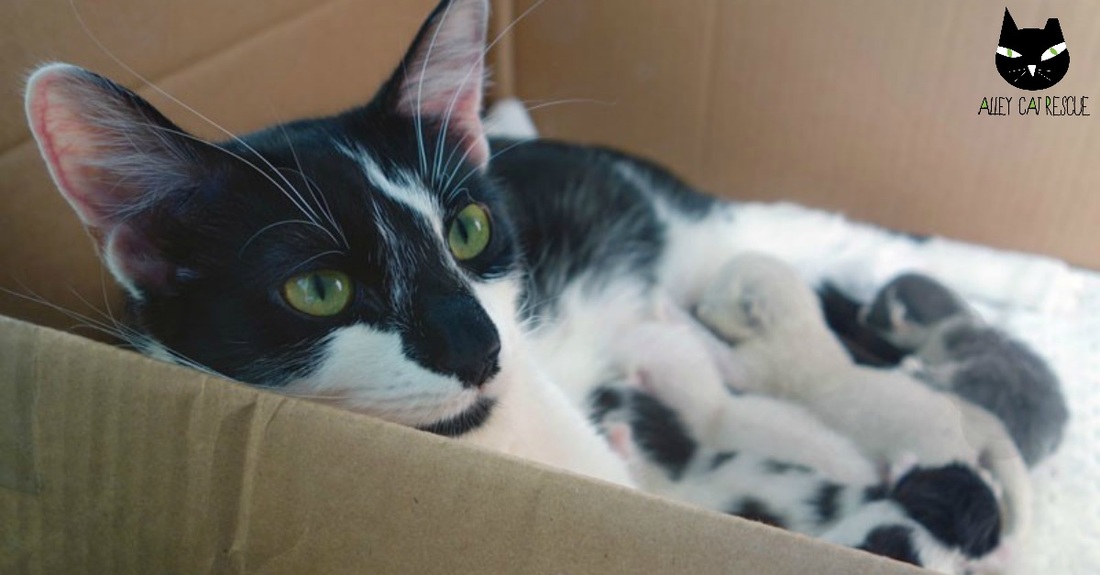
 RSS Feed
RSS Feed